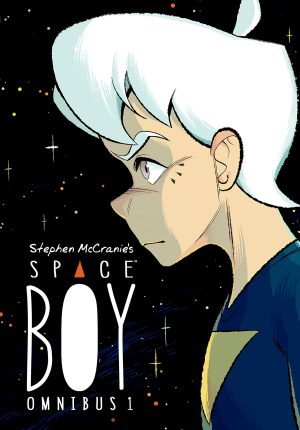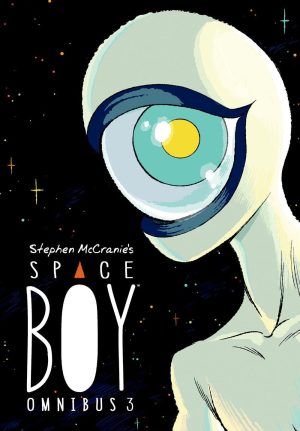Review by Frank Plowright
A second volume of Nancy Drew Diaries combines two further adventures of the girl detective previously issued as single volumes. Vol. 1 was very much held back by Sho Murase’s pages not providing enough variety. Maybe recognising the limitation, Stefan Petrucha ensures this volume’s opening story, originally published as The Haunted Dollhouse, can’t be told primarily via head and shoulders panels.
Perhaps in recognition of Nancy Drew’s 1930s origins, Petrucha has the entire town buying into the River Heights 1930s Festival. People wear period clothing, drive vintage cars and use old technology for a week prior to a charity auction celebrating the centenary of the local Stratemeyer Foundation. As part of the celebrations an old dolls house goes on show, but it’s not long before the figures within seemingly begin to predict forthcoming crimes. It’s a solid mystery perpetuated until the end coupled with viable motivation and a clever solution.
A very different mood is supplied by The Girl Who Wasn’t There in which Nancy and her friends fly to India when Nancy’s new online friend disappears. Mr. Drew is extremely generous in springing for three extra airfares to take the girls to New Dehli, but the remainder of the plot withstands scrutiny. It’s suspenseful, and almost an action thriller as Nancy takes on a local gangster to rescue her friend. Removing Nancy from her comfort zone of River Heights to somewhere she stands out adds to the tension.
However, we then come to the art. The mechanics of the first story ensure Murase has to put in more effort than previously via the period details, but that’s only during the first phase, and once matters are established we’re back to angular people and multiple close-ups. That’s also the process for the second story, which additionally features barely any effort made to supply an exotic location. There’s hardly anything about the art showcasing the wonders of New Dehli. Instead generic panels show generic backgrounds.
This is once again a case of viable plots scuppered by ineffective art.





